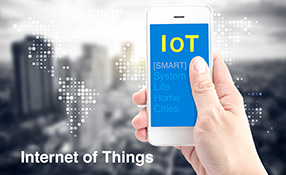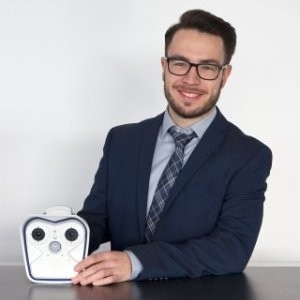Keith Jernigan Sr.

Keith Jernigan Sr.
General Manager, MOBOTIX CorpKeith Jernigan is General Manager at Mobotix Corporation, where he manages the company’s business and seeks out new opportunities to drive growth, particularly in North America. Keith has extensive experience in sales, marketing, operations management and sales leadership, and is a security industry veteran. Most recently, he was the Director and Government Programs Sector Head at G4S Technology, where he helped grow government revenue through market strategies and programs with key federal government entities. Prior to that, Jernigan served as the Vice President of Government Programs for Stanley Healthcare Solutions; Regional Director with Tyco Fire & Security/ADT; Branch Manager with ADT Security; and Business Development Director with Woolpert LLP. He holds a Bachelor’s Degree in Management and Marketing from American International College.
Articles by Keith Jernigan Sr.
Modern home security systems have come of age with innovative technologies that enable homeowners to have complete control over every aspect of the system. MOBOTIX’s Keith Jernigan Sr. and Hunte...
This article by Keith Jernigan Sr., General Manager - MOBOTIX Corporation states the enormous impact of smart surveillance on various sectors. Highlighting the changing trends of video surveillance, K...
News mentions
Foot traffic improved a little on the second day of ASIS International in Anaheim, California. Furthermore, the high quality of meetings at the big industry show tended to overshadow complaints about...
Jernigan will manage the company’s business seeking out new opportunities to drive growth particularly in North America MOBOTIX recently announced the appointment of Keith Jer...
The U.S. Patent and Trademark Office (USPTO) granted MOBOTIX’s request MOBOTIX Corp. was once again successful in a patent dispute with San Antonio, Texas-based e-Watch Inc....


































